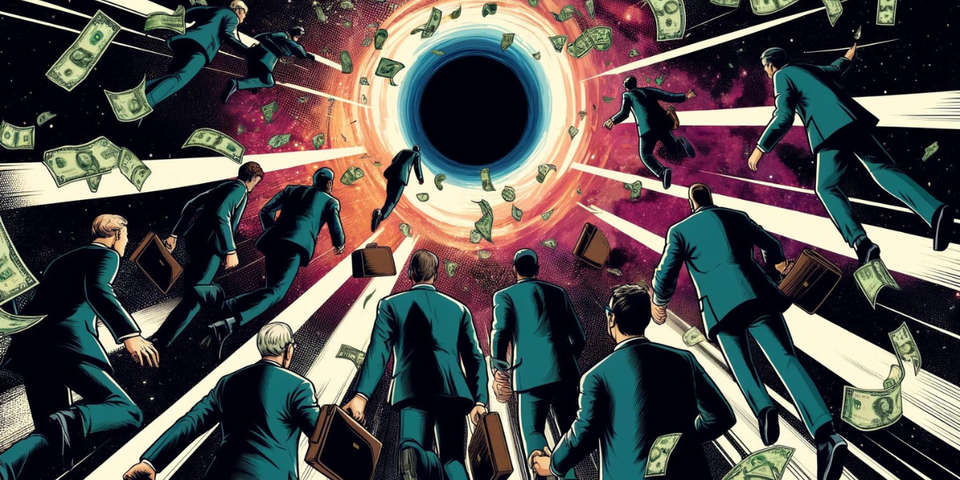Portfolio theory on the eve of destruction

If the dire predictions of climate scientists are right, human economy and society will take a real beating from climate change over the next century or so. I’ve seen predictions of a 45% reduction in global GDP with a 4.3°C temperature increase, for example. If global temperatures rise further still, the extinction of mankind becomes a distinct possibility. For non-extinction levels of climate change, I think climate scientists underpredict the rat cunning and ingenuity of the human species and thus overestimate income losses caused by warming.
Nevertheless, let’s hope we never find out whether they’re right or I am.
Here, I want to explore the economics and finance of some of the more dire scenarios related to climate change, mainly those related to extinction of the human mammalian species. In his piece on Friday, Louie discussed the apparent indifference of financial markets to the extraordinary predictions made by climate scientists. An implication of his discussion was that stock prices and bond yields would be somehow different if financial market participants were fully taking the fears of the scientists on board. He focused on the views expressed by Aswath Damodaran in a recent “Musings on Markets” post. You can listen to a related podcast here which is well worth a listen.
A core part of finance theory involves the analysis of risk premiums and the construction of optimal portfolios given an investor’s level of risk aversion. The risk premium of a particular investment is determined with reference to the return on the risk-free instrument. This is the return an investor would earn on an asset carrying zero risk of non-payment. In reality, such a thing does not exist, so people proxy the risk-free rate with the yield on government treasury bills or bonds.